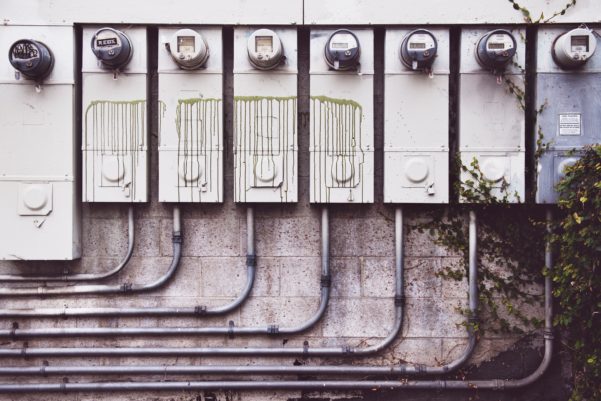08/02/2018
Staying Safe in an Electric Environment

Its getting electric in here. Actually though, electricity is everywhere. Its in our homes, at work, in the sky, underground; and its not very fun when it shocks us. Many people working in the trade industry work with electricity on a daily basis, and its important to know how to be safe around it. Electrical hazards can cause shocks, burns, and even workplace fires if the hazard is too large. So lets simmer things down in here and learn how to be safe in a lit environment. How does electricity actually work?We know that science might not be your forte, but bare with us for a secondElectricity flows through conductors, and these are surfaces that offer very little resistance to the flow of electricity (such as metals). Insulators stop the flow of electricity, and these can be surfaces like glass, plastic, clay, dry wood, etc. However, water can turn these insulators into conductors very quickly. You know the dry wood that youre using to cover up some wires? Well, it just rained and now its a giant lightning rod. Zap. The shocking factsElectricity travels in closed circuits, typically through conductors. However, when you decide to come into contact with one of these conductors, then congratulations! Your own body is now a conductor, and youre being shocked. What happens when this electricity jolts through your body? If its a small amount of electricity, youll only feel a slight, albeit annoying, shock. If the amount increases, your muscles will contract and your body will freeze due to the shock. If the electricity levels rise above this, youre flirting with heart failure and death. So lets not try that. Staying safeAccording to OSHA, most electrical accidents result from either unsafe equipment, an unsafe work environment, or unsafe work practices. The best ways to prevent electrical injuries is through the use of insulation, guarding, grounding, circuit protection devices, and safe work practices. Insulators, like we mentioned earlier, are materials used to coat metals and other conductors to stop them from, well, conducting. Insulation on conductors is often color coded as well.Guarding involves enclosing or hiding electric equipment to ensure that people dont accidentally come into contact with it. If youre using electric equipment with exposed parts that could be dangerous, hide this equipment away in a separate room or vault and place adequate warning signs around it. Only qualified professionals should have access to this hidden area. Grounding means intentionally creating a low-resistance path that connects the tool or electrical system to the earth. This prevents a buildup of voltages, but doesnt completely remove the risk of electric shock. Grounding should be combined with other methods that weve mentioned. Circuit protection devices limit or stop the flow of an electric current automatically in a necessary situation like a short circuit or overload of a system. Examples of these devices are fuses and circuit breakers. Essentially, these are your best friends in a highly electric environment. While all of the methods that weve mentioned will help with electrical hazards, the best way to prevent electrical accidents is through safe work practices. De-energize all electric equipment before inspections or repairs, keep all electric tools properly maintained, exercise caution when working near electric lines, and always wear appropriate protective equipment. Looking for some safety shoes that reduce the risk of electric hazards? Feel free to check us out at https://www.safgard.com/mens-shoes/features/electrical-hazard
Categories: Safety Tips | Authored by: Saf-Gard | Posted: 08/02/2018